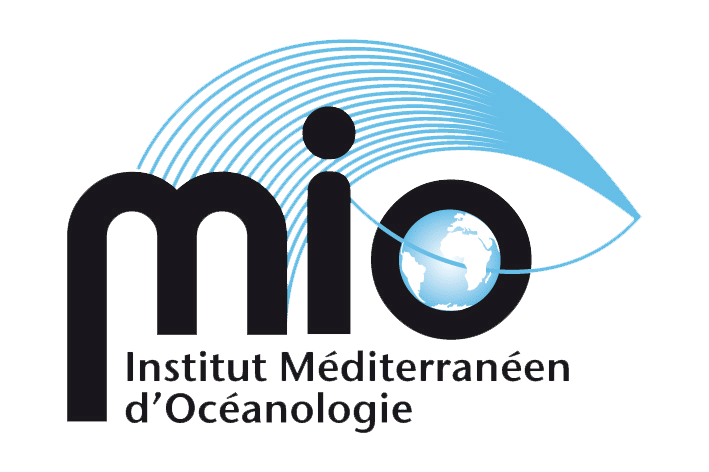The Data Terra research infrastructure, via its two data centres AERIS and ODATIS, is working to develop a system for observing sargassum at sea from space. This brown algae grows on the surface and can form 'rafts' more than 10 metres wide. They proliferate in tropical waters from the Caribbean and West Indies to West Africa. The phenomenon has grown and shifted over the last ten years. These algae have become a real scourge, affecting fishing, health, tourism and the economy.
The sargassum species in question are algae that grow in the open sea. They drift along the surface of the ocean with the currents and become entangled together to form dense clumps. Visible by satellite, these compact aggregations are organised into filaments and can extend over several dozen kilometres.
Harmful algae that multiply in abundance
Sargassum is dangerous when it washes ashore in large quantities and decomposes. It releases gases that are harmful to humans and animals: hydrogen sulphide and ammonia. Inhaling them can cause respiratory tract infections. The fishing industry is also hard hit. Seaweed gets caught in nets, wearing out equipment and causing a drop in fish sales in the areas concerned.
The impact of sargassum on fishing, health, tourism and the economy is manifold.
Vendée Globe skippers surprised by sargassum
In mid-November during the 2020 Vendée Globe, as they were heading south, the skippers were surprised to come across large quantities of sargassum off Cape Verde, an unusual area for this type of algae. It can interfere with the protruding parts of the yacht (keel, foils, rudders, hydro-generator propeller, etc.), reducing speed and sometimes forcing the skippers to manoeuvre or turn back.
Maps from the SAREDA project (SArgassum Evolving Distribution in the Atlantic / CNES,IRD) were made available to participants to help them make their way northwards.
Detecting algae by satellite
Since 2017, the Mediterranean Institute of Oceanology (MIO) has been working to understand the phenomenon. Scientists are studying the biology and ecology of these algae. They are trying to understand the origin of their proliferation and their extensive movements. These processes can only be described through systematic observation from space, on a large scale and over long periods. Several satellites can be used to detect sargassum thanks to instrumental characteristics that reveal the presence of plants.
On a coastal scale, automatic monitoring of these floating algae in targeted areas makes it possible to estimate their drift and grounding on the coast. Seaweed beds are detected on satellite images acquired day after day. Dedicated bulletins are then provided to end users: government officials, local authorities and private collectors.
At the scale of the Atlantic basin, satellite detection provides information on seasonal and interannual fluctuations in offshore biomass. As part of the SAREDA project, the MIO has joined forces with the AERIS cluster and its ICARE data and services centre, which specialises in the massive exploitation of Earth observation data from space. Together, they are producing daily and monthly maps of sargassum in the areas where they are present: the Gulf of Mexico, the Caribbean Sea and the Atlantic. The aim of this project is to produce a complete history of the biomass of these algae from the archive [2000-2020] of data from the MODIS instrument flying aboard NASA's Terra and Aqua satellites. Operational production in near-real time (H+6) is also planned via a transfer currently underway to Météo France's Centre de Météorologie Spatiale.
The distributed and shared infrastructure for data and services between the clusters will enable the entire data cycle to be managed, from access to multiple uses. The ODATIS Ocean cluster will take over from the AERIS/ICARE cluster, managing and distributing datasets, as well as sharing, backing up and cross-disciplinary uses.
Observation of sargassum is continuing in partnership with ICARE as part of the FORESEA project (2020-2022) funded by the Agence Nationale de la Recherche, the Guadeloupe Region and the Communauté Territoriale de Martinique.
Coordination at several levels
Supported by its institutional partners* (CNRS, CNES, IFREMER, etc.), the Data Terra Research Infrastructure (RI) coordinates the infrastructures involved in the production and dissemination of data for the SAREDA project. With its AERIS and ODATIS data centres in coordination with the MIO, it enables the pooling of resources and skills, the coordination of partners, and innovation in terms of data processing for multidisciplinary scientific approaches.
*Institutional partners of IR Data Terra : Ministry of Higher Education, Research and Innovation, CNRS, CNES, IFREMER, IGN, IRD, INRAE, Météo France




